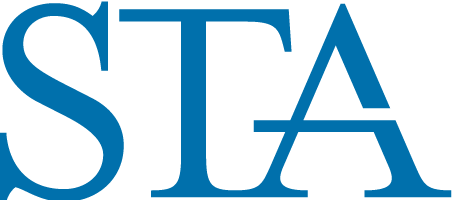Section 31a fees and cake…”Just cut me a sliver”
by Jim Toes
from March 31, 2014
Growing up as the youngest of seven children I’ve seen my share of cakes celebrating birthdays and other family moments. “Just cut me a sliver”, was the remark my siblings and I used for additional servings; until of course there was no cake left.
“At the same time, the Dodd Frank Act shifted 100% of the responsibility for funding the SEC to entities and investors that pay section 31a fees when buying or selling equities…”
Tomorrow, SEC Chair White will testify before a House Appropriations Subcommittee on the SEC’s FY 2015 budget. It is highly likely that Chair White will lay out a very strong case for the SEC to receive increased funding from today’s $1.35 bln budget. This article is not about whether that amount or any amount is right, rather we’d like to highlight how the SEC is funded and how the equity market is unfairly burdened with the entire cost of regulating entities overseen by the SEC. Hopefully, after reading this you will see that a “just cut me a sliver” strategy is as unhealthy for your waistline as it is a mechanism for funding our nation’s chief securities regulator.
As pointed out in a report provided by the Washington D.C. firm, Williams & Jensen, LLC, the methodology by which today’s SEC collects fees was established in 2002 and then modified by the Dodd-Frank Act in 2010. The SEC’s budget in 2001 was $423mln, but the Dodd-Frank Act significantly increased its responsibilities, including additional asset classes. At the same time, the Dodd-Frank Act shifted 100% of the responsibility for funding the SEC to entities and investors that pay section 31a fees when buying or selling equities, while other fees that previously contributed to funding the SEC are directed to the general Treasury. In short, the mechanism for funding the SEC was narrowed rather than broadened to offset the costs of regulating other asset classes and activities.
There are many who think the SEC is underfunded and that the fees we highlight here present a small cost when compared to the overall size of the market. There is some truth in both of those but the question still begs to be asked, “is this a sound practice?” Whenever one entity subsidizes or pays 100% of the costs of another entity, inefficiencies often result. These inefficiencies may not be on the scale of a doomsday scenario, but nonetheless they can meaningful. So, we hope that as the discussions on the SEC FY 2015 budget take place, the means by which the SEC raises its required funds is considered as well and the end result is something other than “we’ll just increase the Section 31a fees a few more pennies and take another sliver out of the equity cake”.
Read the full Williams & Jensen report HERE

